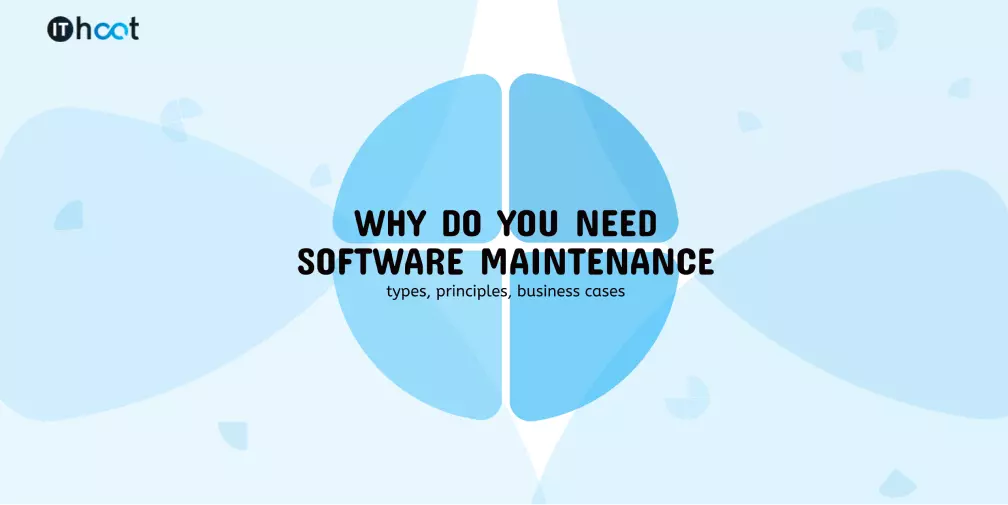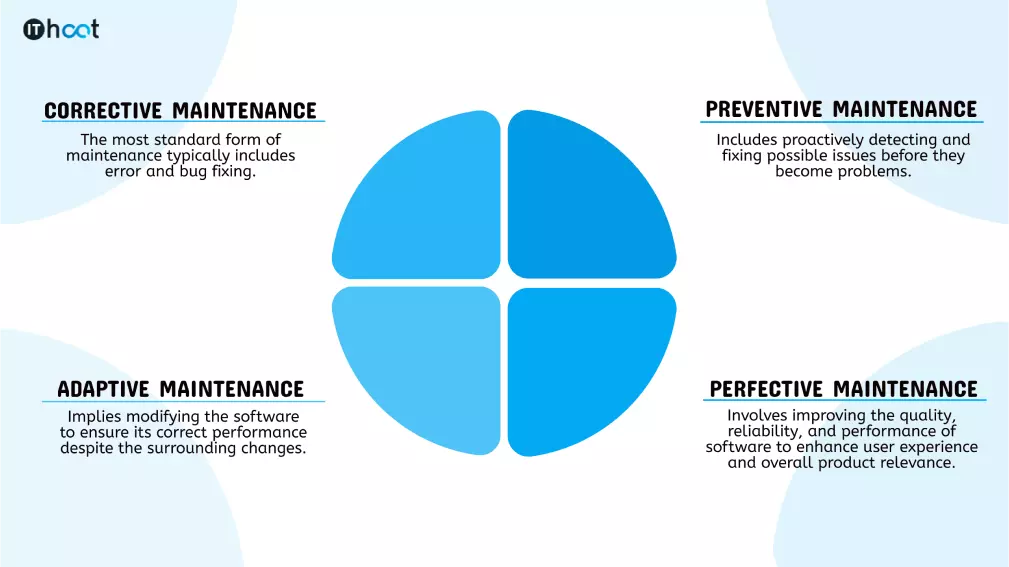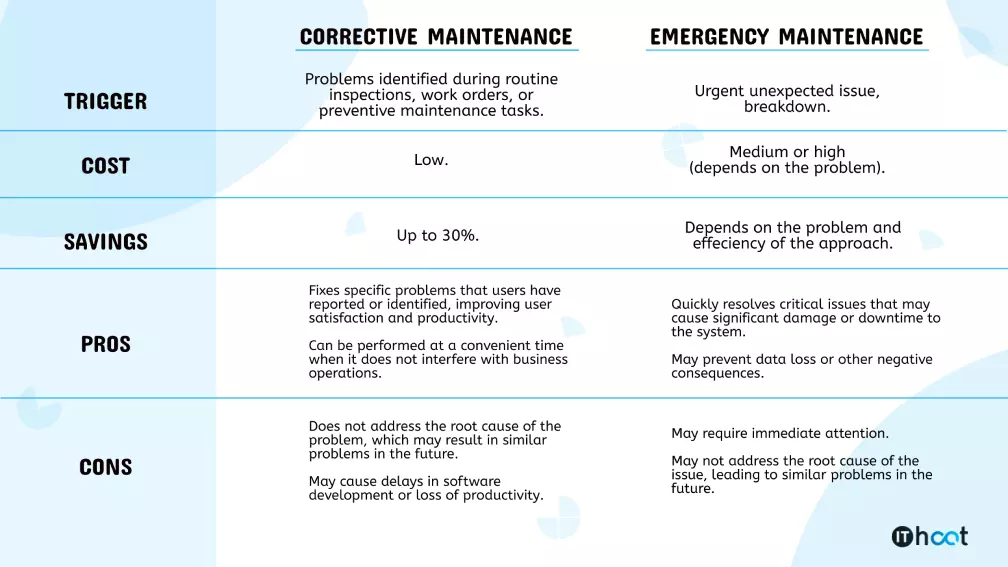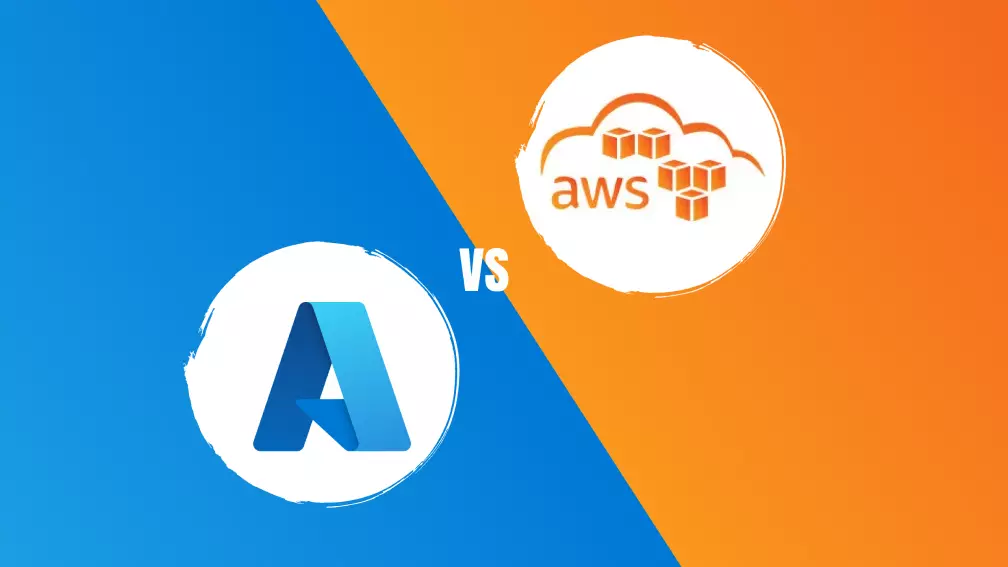Why Do You Need Software Maintenance

Every finish is a new start. Launching a new product is not the end of the road but a milestone that activates the maintenance stage. Technologies keep changing, and software must keep up to stay relevant and work seamlessly. For its sake, constant monitoring and maintenance are necessary.
There are four types of software maintenance, and each is important.

Perfective Software Maintenance
Perfective maintenance includes changes that are aimed at enhancing efficiency, user experience, and functionality according to emerging needs. This process implies not only adding some features that hadn’t been planned before launch, but also removing them. Beyond that, perfective maintenance typically covers optimization and refactoring. Software optimization is about improvements in performance, such as reducing loading time or optimizing memory consumption. Code refactoring refers to upgrading its quality and readability via, for example, removing duplicates or restructuring the code.
Software ages and the world keeps going. No matter how perfect the product is, it will lose relevance, credibility, and popularity without progress. Perfective software maintenance is right there to help with that.
Adaptive Software Maintenance
The aim is in the name - to adapt the product to constantly changing environments. There are a vast range of reasons for initiating adaptive maintenance. The most common are: shift to another or changes of the used platform or operating system, cloud storage, hardware, company policy updates, etc.
Without adaptive maintenance, the software will quickly become outdated. Ultimately it will be impossible to apply any integrations and keep up with technological progress.
Preventive Software Maintenance
The process of preventive software maintenance entails predicting possible threats and conducting necessary preparations. The elaborate analysis will detect unnoticeable and, at first sight, inconsequential issues before they escalate into high-risk problems.
Neglecting preventive maintenance makes the system vulnerable to new challenges and security threats and will definitely lead to excessive expenses in the long run. A proactive approach saves all the costs that could have been spent on dealing with existing challenges.
Do not confuse preventive and adaptive maintenance.
The former is about a reactive approach (actions triggered by impactful changes), but the latter is proactive (changes haven’t happened yet, but preparations are ready).
Corrective Software Maintenance
Corrective maintenance is a vital component of software maintenance, as it helps software stay reliable and operate at peak performance. It may reduce downtime, eliminate data loss, and guarantee that users can use software without difficulties by correcting bugs and mistakes promptly.
Without corrective maintenance, the collapse of the software is inevitable. User frustration will lead to revenue loss, and accumulated issues will eventually lead to the system breakdown.
Except for these four types, there is one more - Emergency Maintenance.
Emergency maintenance is necessary when preventive maintenance did not help or perfective, adaptive, and corrective maintenance leads to system breakdown. The essence of this process lies in immediate reaction to threats, troubleshooting, and urgent issues.
Do not confuse corrective and emergency maintenance.

Some business cases to consider:
1. E-commerce website:
- Corrective maintenance: eliminate customer struggles such as filtration incorrectnesses, checkout issues, and user experience inconveniences.
- Adaptive maintenance: for example, changing payment systems according to new payment processing standards or changes in the law.
- Perfective maintenance: implementing new functions such as additional payment methods, the ability to save items for later, a wish list, or photo review.
- Preventive maintenance: security testing and database updates.
2. Mobile banking application:
- Corrective maintenance: reducing struggles with logging in or accessing account information without security threats.
- Adaptive maintenance: constantly updating security protocols, as this type of app is subject to attacks.
- Perfective maintenance: adding the option for recurring payments, saving the payee information or money-box.
- Preventive maintenance: security checking and penetration testing to identify vulnerabilities and address them.
Wrapping up
All four types of software maintenance are essential for future product success. Adaptive will help to keep up with the fast pace of the modern world. Corrective will fix the issues. Preventive will protect you from future threats. Perfective will implement improvements. After all, there is emergency maintenance to fix all the flops immediately.


